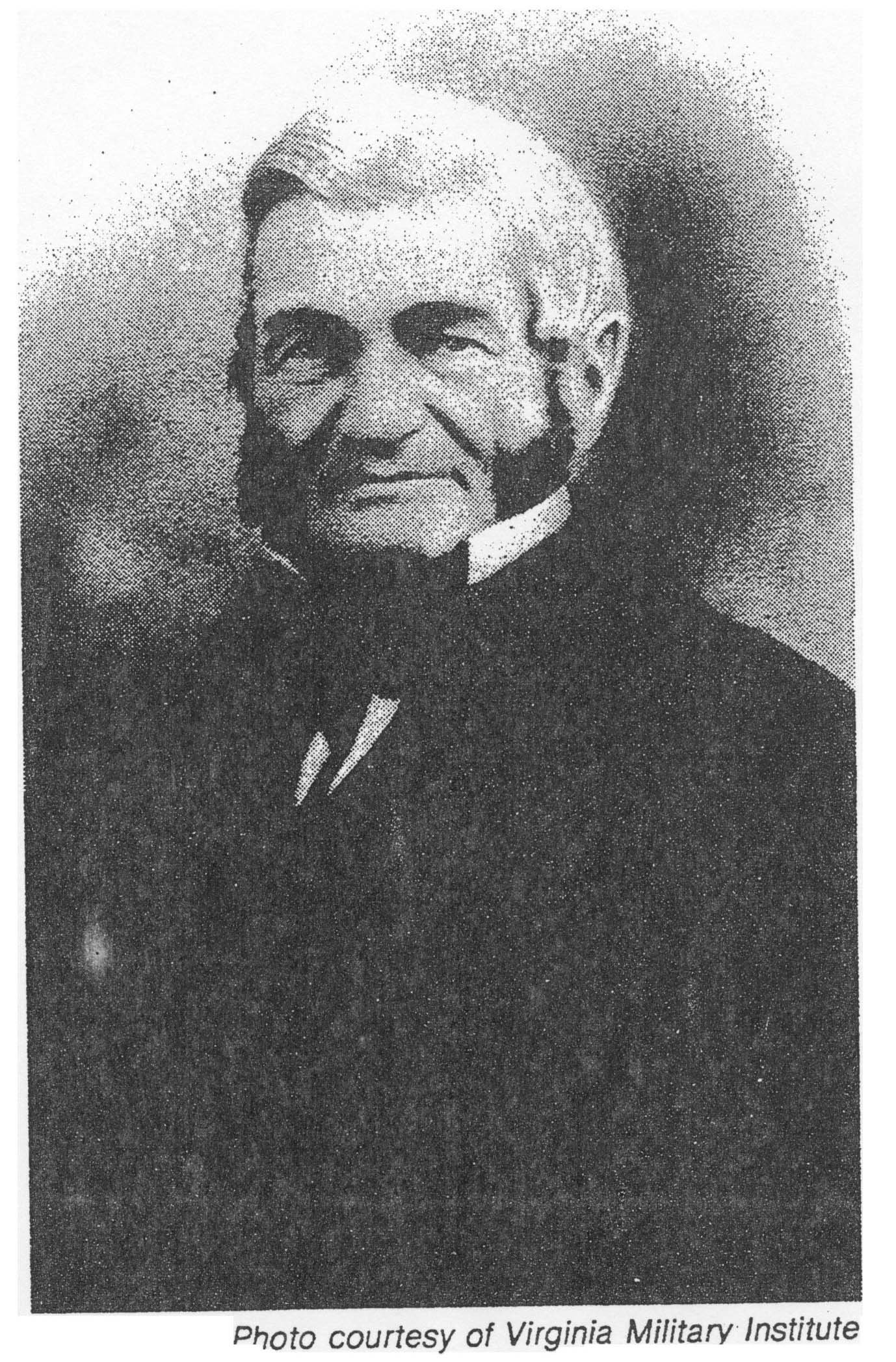- About MAA
- Membership
- MAA Publications
- Periodicals
- Blogs
- MAA Book Series
- MAA Press (an imprint of the AMS)
- MAA Notes
- MAA Reviews
- Mathematical Communication
- Information for Libraries
- Author Resources
- Advertise with MAA
- Meetings
- Competitions
- Programs
- Communities
- MAA Sections
- SIGMAA
- MAA Connect
- Students
- MAA Awards
- Awards Booklets
- Writing Awards
- Teaching Awards
- Service Awards
- Research Awards
- Lecture Awards
- Putnam Competition Individual and Team Winners
- D. E. Shaw Group AMC 8 Awards & Certificates
- Maryam Mirzakhani AMC 10 A Awards & Certificates
- Two Sigma AMC 10 B Awards & Certificates
- Jane Street AMC 12 A Awards & Certificates
- Akamai AMC 12 B Awards & Certificates
- High School Teachers
- News
You are here
Mathematics Education at West Point: The First Hundred Years - Claudius Crozet
Frenchman Claudius (Claude) Crozet (1790-1864) joined the faculty of the Academy on September 20, 1816 as Assistant Professor of Engineering, joining Alden Partridge who was the first Professor of Engineering in the United States.[1] Crozet biographers Edwin Dooley and Robert Hunter indicate that it is unclear why Crozet left France, but that he met General Simon Bernard on the trans-Atlantic voyage and Bernard had met Thayer in Paris and so encouraged Crozet to come to West Point.[2]Beyond this, it is not known how Crozet happened to come to West Point.[3]

Claudius Crozet
Crozet knew little English on his arrival, but by the force of his willpower and drive he started to teach cadets engineering. He quickly learned that they knew nothing of descriptive geometry, the subject created by Gaspard Monge and taught to Crozet at the École Polytechnique in Paris. Descriptive geometry was created to provide geometric solutions to problems such as the defilement of fortresses that had been previously solved by elaborate arithmetical methods. As Crozet attempted to teach descriptive geometry, he found that the cadets did not have the requisite knowledge to use the existing descriptive geometry texts such as Monge. So he found himself teaching some algebra and geometry before he could teach descriptive geometry. This led him to write an introductory descriptive geometry text at a level more suitable for the cadets. Crozet was the first in America to teach this subject, and his A Treatise on Descriptive Geometry was published in 1821, the year he left the faculty.[4] This was the first textbook on the subject in English, and the first textbook written by a West Point faculty member while teaching there.[5] Jared Mansfield, the second professor at USMA, appointed May 1802, wrote a rather nice book, Essays, Mathematical and Physical, that was published in 1802 just before he joined the faculty. It was the first mathematics book published in the United States that contained original work.
Crozet’s text was used at the Academy for several years but was replaced in 1832 by Elements of Descriptive Geometry, a text written by Charles Davies in 1826. It is unclear why it took six years for Davies, a member of the Academic Board since 1823, to introduce this text. The Davies’ text, in turn, was replaced by a text by Albert Church in 1864, which was used until 1929.
[1]American State Papers. Military Affairs, vol. 1, p. 386.
[2]Dooley, E. and Hunter, R, Claudius Crozet: French Engineer in American 1790-1864, University of Virginia Press, 1989, p 15.
[3]It is sometimes said that Thayer is responsible, but we know of no documentation to suggest that they met in France or that Thayer had anything to do with his appointment. The Crozet-Thayer connection is reported, without documentation, in Stephen E. Ambrose, Duty, Honor, Country; A History of West Point, Baltimore: The Johns Hopkins University Press, 1966. Reprinted in paperback, 1999, p. 97.
[4]Crozet spent the majority of the rest if his life in Virginia as an engineer and one of the founders of the Virginia Military Institute.
[5]For additional information about Mansfield and his book, see Joe Albree, “Jared Mansfield (1759-1830): Janus figure in American mathematics,” pp. 73-94 in History of Undergraduate Mathematics in America: Proceedings of a Conference Held at the United States Military Academy, West Point, New York, June 21-24, 2001, edited by Amy Shell-Gellasch.
Editor's note: This article was published in May of 2008.
V. Frederick Rickey and Amy Shell-Gellasch, "Mathematics Education at West Point: The First Hundred Years - Claudius Crozet," Convergence (July 2010)




